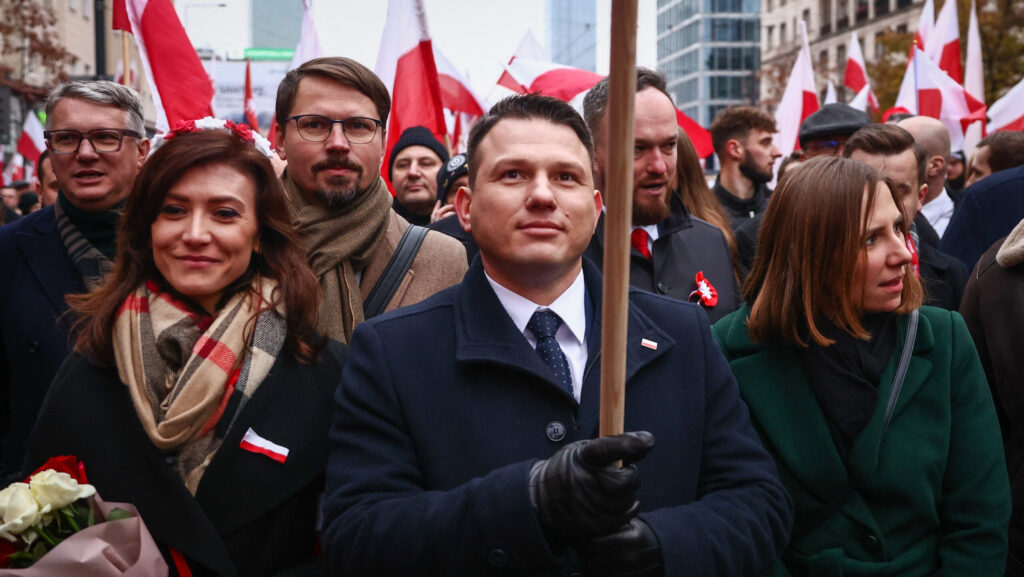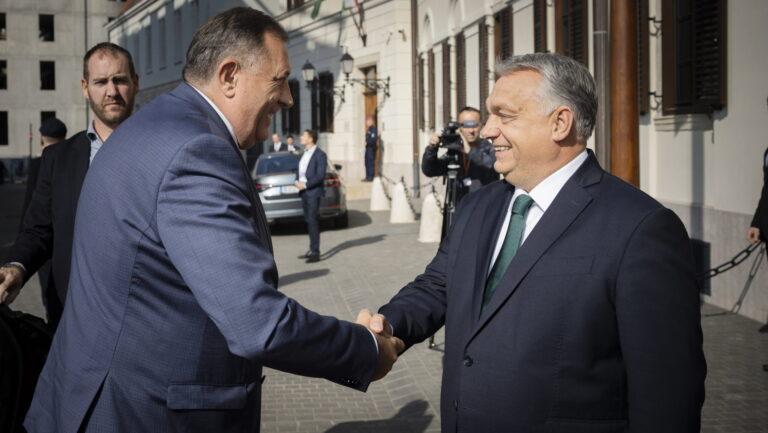After Russia attacked it in February, the West rushed to the rescue of Ukraine and started pouring weapons into the country in a bid to help it fend off the Russians. This could have far-reaching consequences for Europe: criminal networks may get a hold of the thousands and thousands of weapons that are extremely difficult to keep track of.
The Illicit Arms Market
In fact, Ukraine’s illegal arms market has existed for quite some time. In a 2009 incident, for example, a Ukrainian arms-smuggling ship carrying weapons destined for Sudan was captured by Somali pirates. But the market has grown substantially since, and the 2014 invasion of Crimea only exacerbated the situation, as a result of a large number of weapons becoming unaccounted for. The 2022 events have made this uncomfortable reality even worse, as over 20 countries are continually supplying weapons to Ukraine, which could–and partly do–end up in the wrong hands. According to the US Bureau of Political-Military Affairs, the US has provided over $10 billion in security assistance to Ukraine since 2014. 73 per cent of that assistance has been provided since February.
The 2022 events have made this uncomfortable reality even worse
This arms supplied as part of the assistance include:
- 1400 anti-aircraft systems
- 26.5 thousand anti-armour systems
- 400 thousand artillery rounds
- 60 million rounds of small arms ammunition
- 75 thousand sets of body armour and helmets
- 10 thousand grenade launchers and small arms
The list could go on, but it is crystal clear that if some of this military aid were to fall into the wrong hands, it could have devastating consequences for the region.
Other countries, including Canada, the UK, Germany, Turkey, Spain, France, and other EU states have also sent hundreds of millions of euros worth of weapons and ammunition to assist Ukraine in the fight against Russia. The task of ensuring that weapons are used for their intended purpose is especially difficult due to the sheer volume of arms pouring into the country.
Similarly to 2014, combatants loot arms and ammunition facilities on both sides, leading to a booming black market of arms. According to a study, between 2013 and 2015 ‘at least 300 thousand small arms and light weapons were looted or lost’ in Ukraine. Weeks after the Russian invasion, US officials met with outside arms-control experts to discuss the risks, but the vague assurances they gave did not inspire much confidence, arms control expert Rachel Stohl, who attended one of these meetings, told the Washington Post.
The EU’s Answer
Europol, the EU’s law enforcement agency, said in April that arms-trafficking from Ukraine into the EU to supply organised crime had already begun, posing a threat to EU security.
In early June, Interpol Secretary General Juergen Stock warned that some of the weapons that the allies send to Ukraine will likely end up on the global black market. He also urged states to actively cooperate in tracing the arms delivered, emphasizing that those supply the weapons should play a major role in the effort to track the arms. Juergen Stock expects that not only will small arms flood the market, but heavy weapons as well once the active armed conflict ends.
Smuggling will ‘feed into violence in the criminal networks in the European Union’
Ylva Johansson, EU Commissioner for Home Affairs, announced the creation of the EU Support Hub for International Security and Border Management in Moldova on 11 July. The operational platform will support the cooperation on internal security and border management between the EU, its agencies, its member states and the Moldovan authorities. Due to the internal security risks caused by the war–such as arms smuggling–both Moldova and the EU have a key role to play in addressing the criminal and security implications of the invasion. According to Johansson, smuggling will ‘feed into violence in the criminal networks in the European Union.’
One of the key goals of the support hub is to enhance ‘joint operational action with Moldova to address the challenges posed by organised crime, including the trafficking of firearms or trafficking in human beings.’
Other top priorities include tackling migrant smuggling, trafficking in human beings, cybercrime and drug trafficking, as well as prevening and countering terrorism and violent extremism. The effectiveness of the support hub is yet to be seen.
The current Ukraine arms smuggling situation poses a gigantic security risk to the rest of the region and should be swiftly dealt with. It is important to note that supplying Ukraine with aid is essential and should not be discontinued, however, the tracking of weapons is just as crucial in order to prevent them from entering the black market and causing further destruction in the region.








